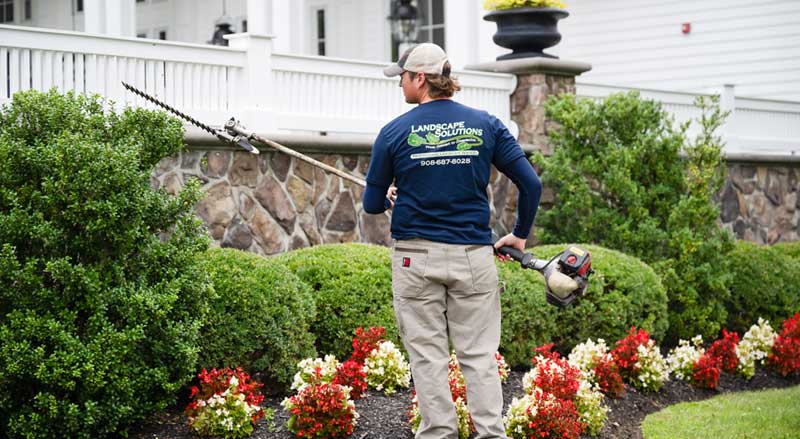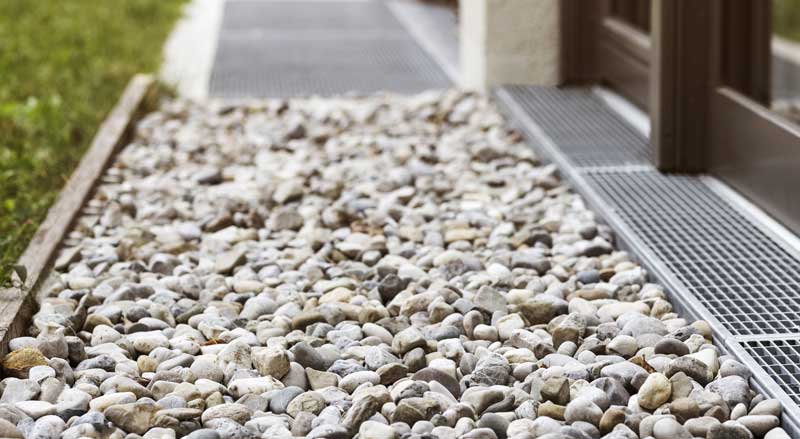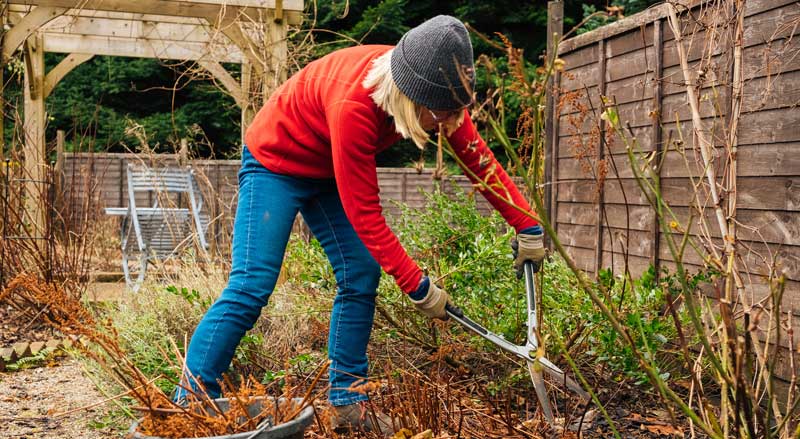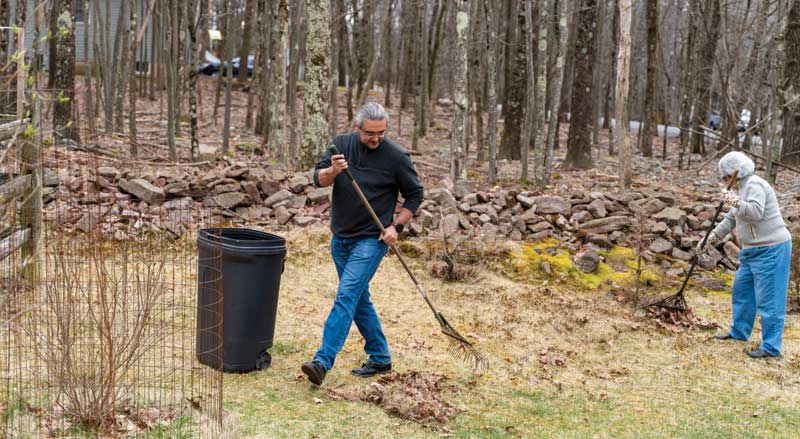Snow may turn your property into an enchanting winter wonderland, but it could also cause some serious damage. Dealing with snow might seem like a simple task. But, removing it without causing damage to your property is anything but easy.
Here are the best snow removal remedies that will minimize the damage:
Rock Salt or Salt Pellets
Although rock salt is the most traditional method of melting snow and ice, it can be dangerous to pets and harm landscaping. Salt mixed with other chemicals can injure paw pads on both cats and dogs. It can also be toxic to your salt-craving furry friends.
Luckily, pet-safe salt pellets do exist. They are designed so they won’t injure a dog or cat’s paw pads and they won’t be harmful if an animal does eat them. But even pet-safe salt pellets are going to damage the surrounding terrain. Don’t use rock salt or salt pellets anywhere around plants that you want to keep.
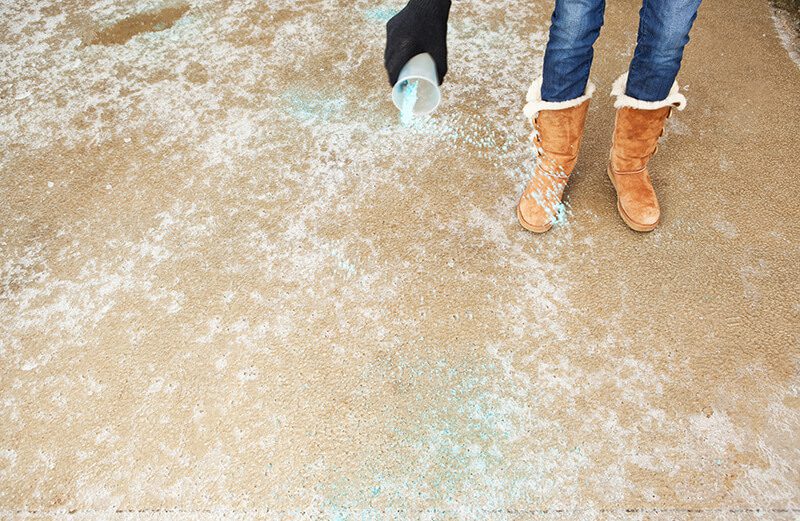
Salt can even create issues on paved driveways or stone patios. It accelerates the deterioration process caused by winter’s freeze and thaw cycles. There are less damaging salting alternatives, to use throughout your landscape. However, even gentler concoctions can harm foliage and certain plants.
Water, Dish Soap, and Rubbing Alcohol
Didn’t make it to the hardware store before the storm? Use a simple mixture of water, a couple of drops of dish soap, and a cup or two of rubbing alcohol to melt ice.
Unlike salt pellets, a few drops of dish soap aren’t harmful to the surrounding environment or animals. Don’t get carried away with the suds though. The last thing you want to do is replace snow with piles of soapy clouds. Both are slippery.

As for rubbing alcohol, in small amounts, it is safe to use to eliminate snow. Sometimes it is even used on landscaping as a pesticide. However, high concentrations can kill off plants, so you’ll still have to be diligent not to overuse it.
Dish soap and rubbing alcohol can be a good DYI solution if you just have a small area to de-ice. This method should not be used everywhere.
Alfalfa Meal or Kitty Litter
Another household solution is alfalfa meal or kitty litter. Although this method doesn’t entirely get rid of snow, it’s great if you need some traction.
The upside of alfalfa or litter is that they are not harmful to plants and completely safe for children and pets. The downside is they won’t melt the snow and will build up over time.

A good tip is to keep kitty litter in your car in case you get stuck in the mud or ice while on the go. If you want to be extra sure that it’s not disruptive, get unscented cat litter.
Anti-Icing vs. De-Icing
If you have time to prepare for an upcoming storm, anti-icing is your best option. Anti-icers prevent snow from sticking to the ground. Rather than waiting until the snow builds up and freezes, anti-ice before you see the first flake fall.
Anti-icing is a preventive process though it uses the same chemicals as salt pellets. Therefore, just like every other remedy, you’ll have to be cautious of your plants and landscaping.

Protecting Your Plants While De-Icing
As you can see, most methods of snow and ice removal run the risk of damaging your landscaping. But don’t worry, there’s still hope to get your plants through winter. The following are tips to keep in mind while battling the winter weather:
• Don’t go to excess with rock salt and salt pellets
• Only use solution away from plants
• Use trenches in your landscaping to direct runoff away from plants
• Use mild solutions when possible
• Try to anti-ice before the snow or ice begin to build-up
Dealing with the frequent snowstorms of winter can be a hassle. But with the right approach, you’ll be able to keep both your sanity and your property safe. For more tips on snow removal solutions, contact the experts at Landscape Solutions.


